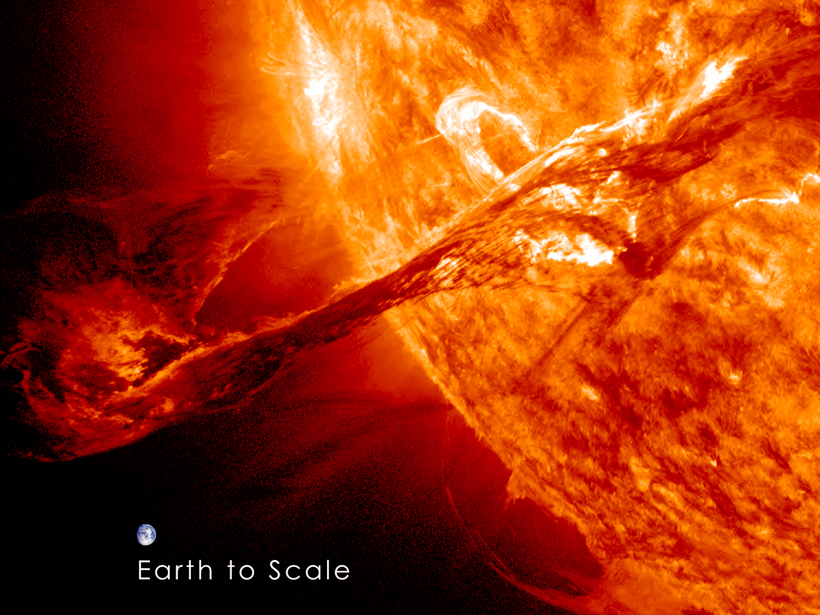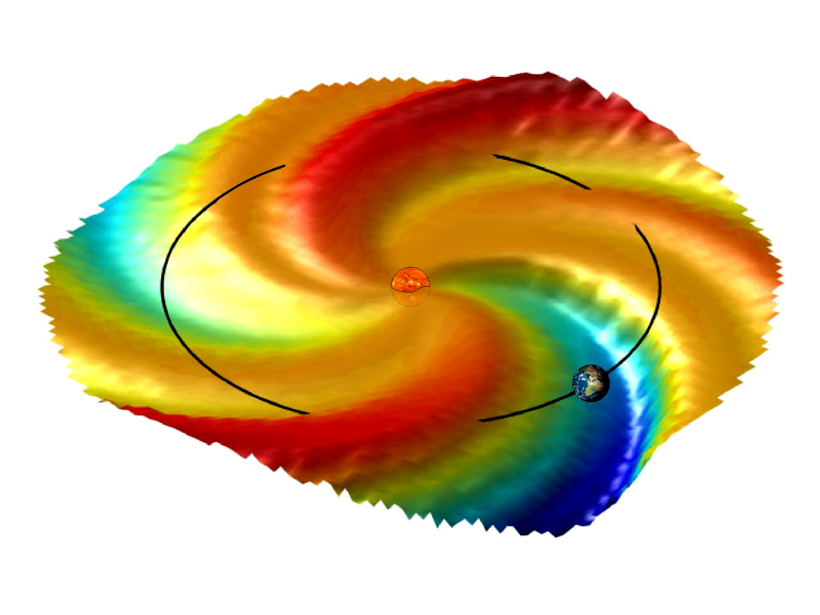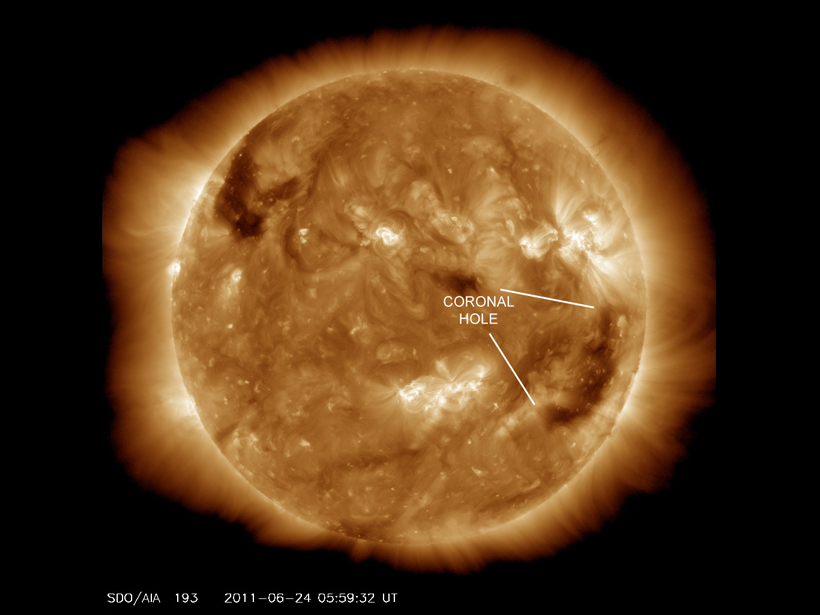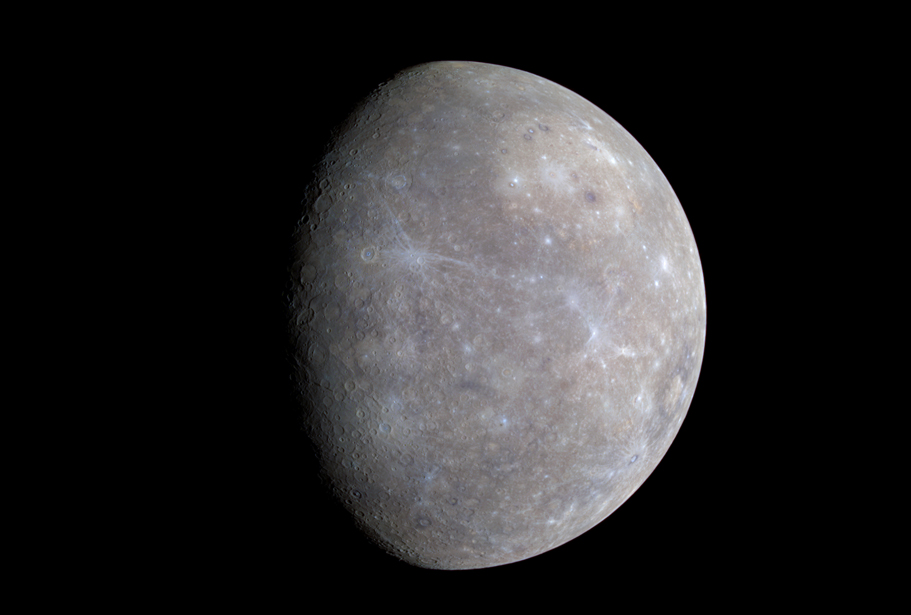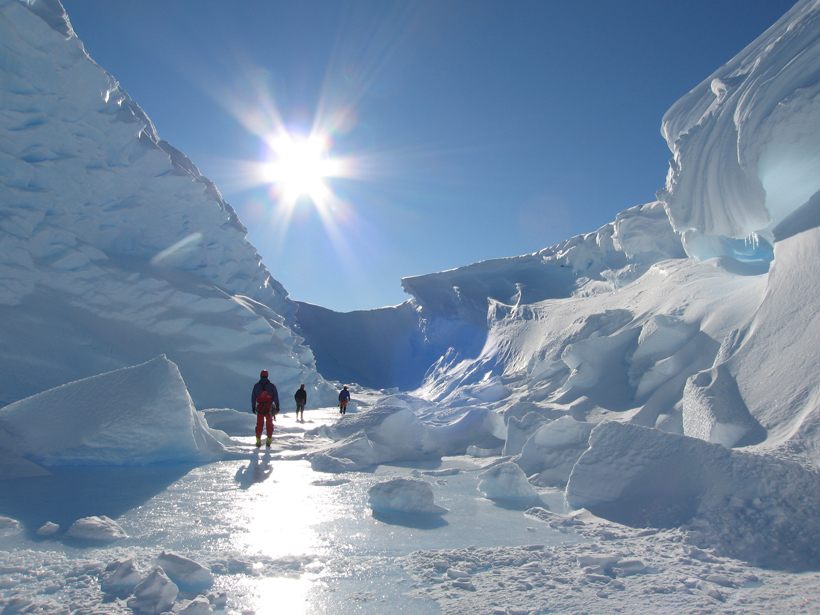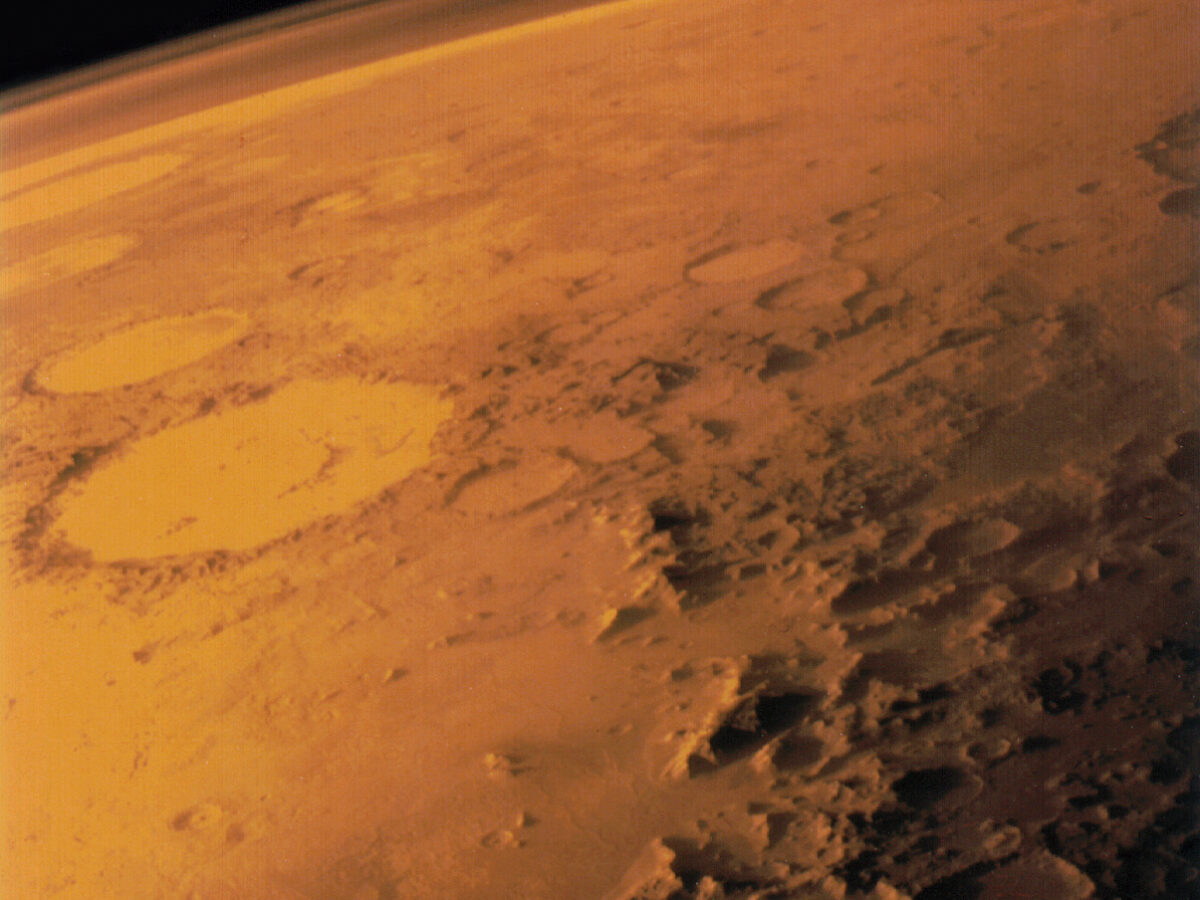Real-world data drive a simulation that successfully predicts Sun structures and interplanetary solar wind dynamics.
solar wind
Satellites Test Theory of Magnetic Reconnection
A quartet of satellites flying through Earth's magnetic field measures its interaction with the Sun's and puts a theory about their reconnection to the test.
Sun's Magnetic Field Impacts Earth's Thunderstorms
Lightning strikes are more frequent when Earth encounters a polarity switch in the solar magnetic field.
Refining Solar Wind Models to Better Predict Space Weather
Despite decades of space-based observations of the Sun, scientists still struggle to make precise predictions of the solar wind.
X Marks the Spot of Magnetic Islands in Space
At the edge of Earth's magnetic field, satellites have found X-shaped fields and fast-moving "islands" of magnetism that could shed light on the physics of solar storms.
Scientists Watch Solar Winds Blast Mercury's Magnetic Field
A NASA team used the MESSENGER spacecraft to analyze Mercury's magnetosphere during intense solar wind pressure.
Large-Scale Electric Currents May Flow Through Mercury’s Crust
NASA's MESSENGER spacecraft discovered electric currents in Mercury's magnetosphere directed toward and away from the planet. Do the currents reach the planet? If so, where do they go?
How the Solar Wind May Affect Weather and Climate
The Sun's influence on the Earth's climate is complicated, but researchers are slowly figuring out how the solar wind can indirectly affect clouds over the poles.
MAVEN Unlocks Secrets of the Martian Atmosphere
In its first month, NASA’s orbiter saw effects of the solar wind at low altitude and tracked a plume of gases escaping into space
Measuring Solar Wind Interactions in Mars’s Exosphere
An updated analytical technique gave researchers a new look at ion cyclotron waves in Mars’s extended hydrogen exosphere.

